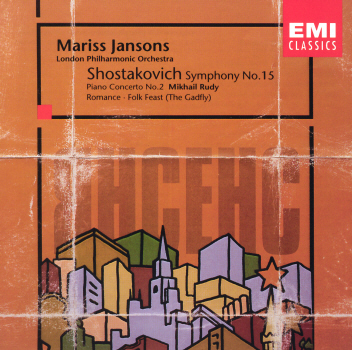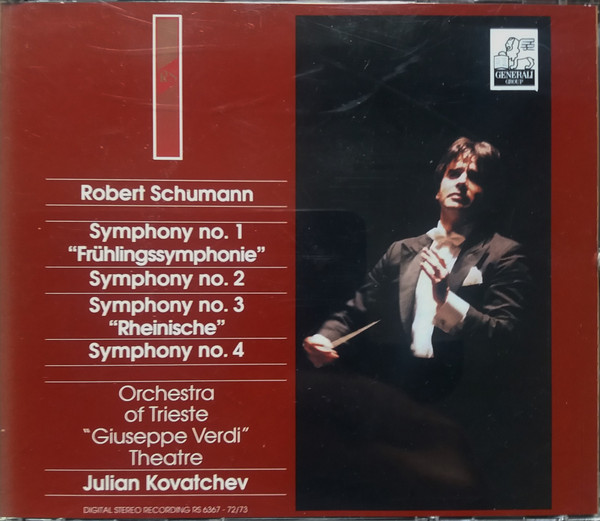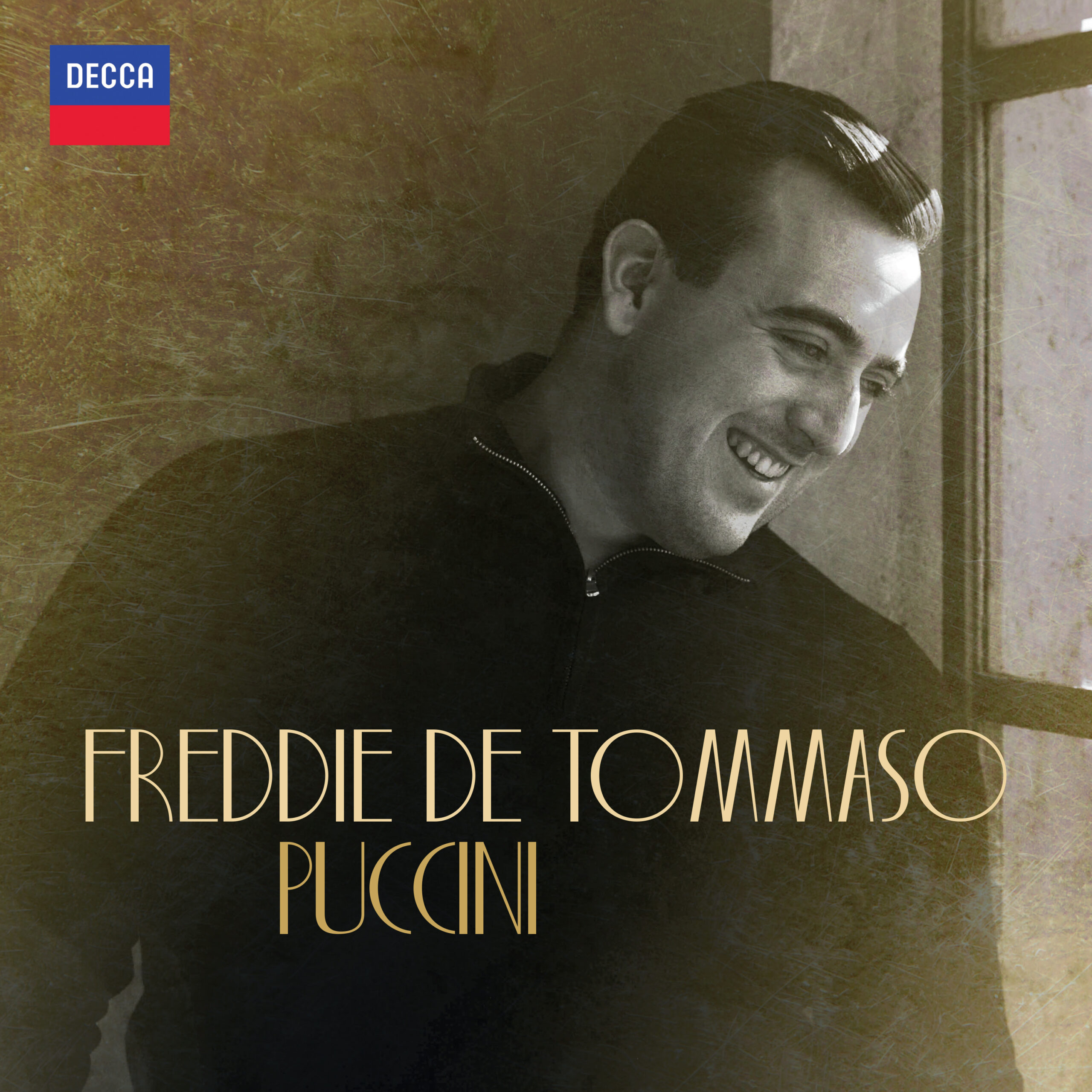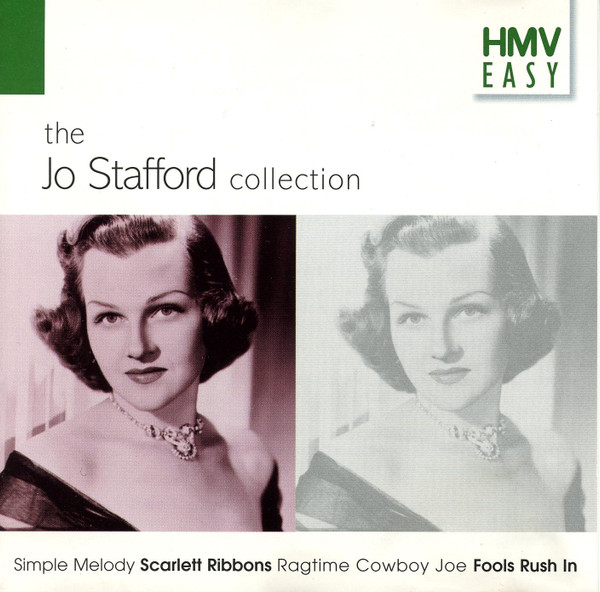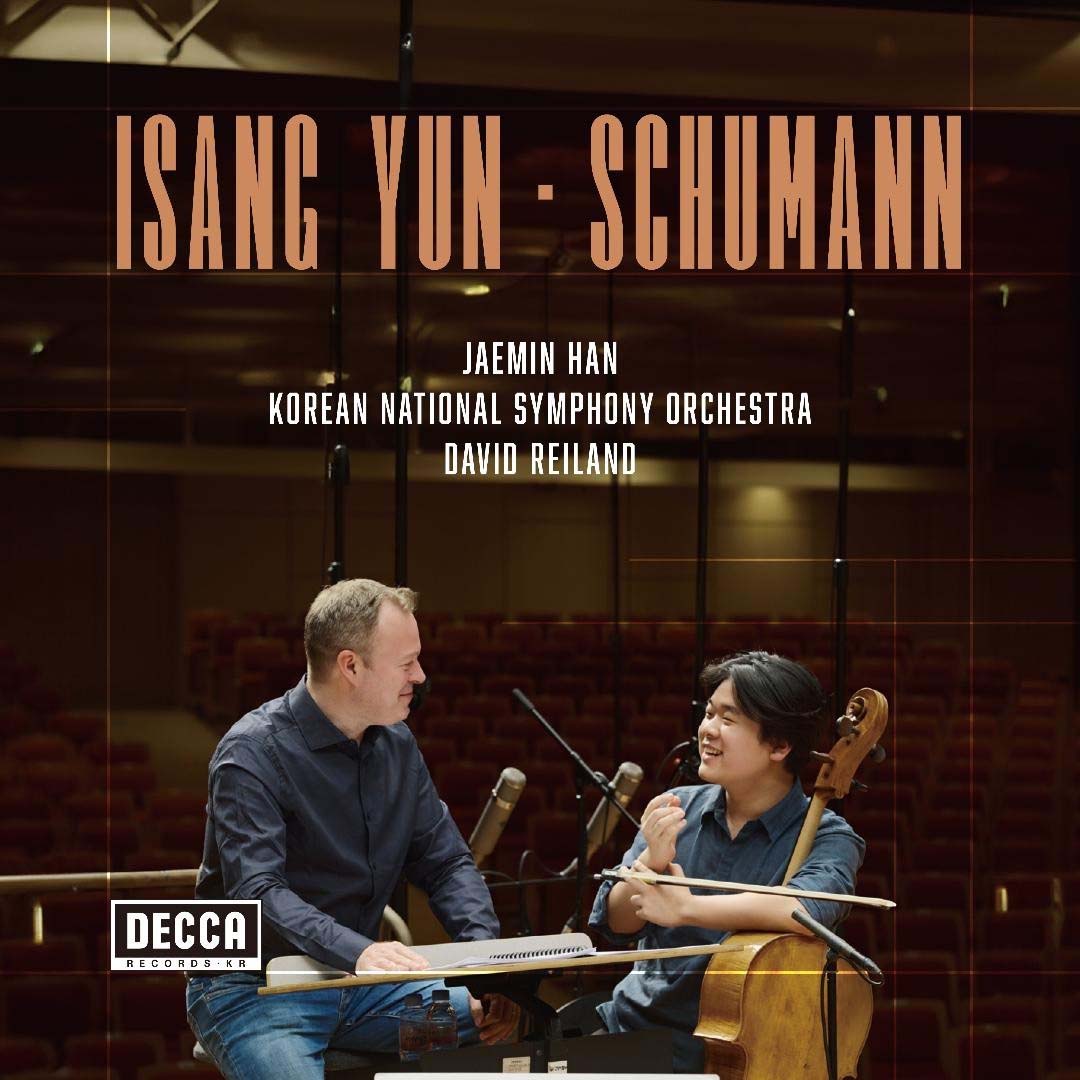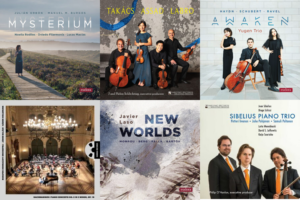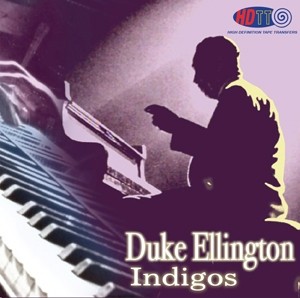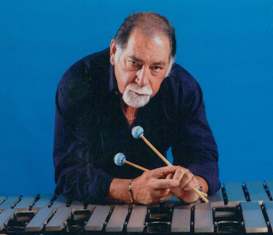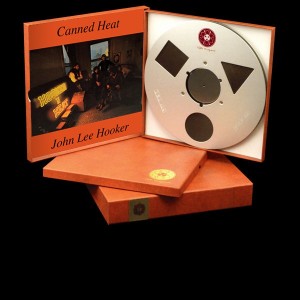Despite the virtual disappearance of EMI Classics as a separate label—having been swallowed into the Warner Music combine—Mariss Jansons's inconsistent but always interesting Shostakovich cycle remains worth examining. (Besides, with online and secondhand shops largely having replaced the big music chains as retail sources, the nominal "availability" of this or that item has become moot: you can find almost anything if you search long and hard enough.)
On this installment, however, it's the piano concerto that's the prize. Numerous virtuosos can fire off the percussive repeated-note patterns that characterize much of the first movement; Mikhail Rudy manages to make them sound shapely as well. His playing is always limpid and articulate, but he has plenty of bass power in those episodes requiring a harder-edged, "Age of Steel" approach. Jansons's positive contribution is evident in the breadth and motion he brings to the climactic tutti, and in the seamless segues from piano-dominated passages into those where the orchestra takes the lead. After the strings' pensive, chorale-like introduction to the Andante, Rudy invests the Chopinesque piano writing with a fine melancholy. The music moves without pause into the finale, where the piano immediately perks things up. All in all, nicely done.
The Fifteenth Symphony, on the other hand, remains as elusive as ever; at least Jansons, while accepting each episode on its own terms, still makes the music sound cohesive. The first movement's "toy-shop" music, suggesting the spirit of the composer's Ninth Symphony, comes off nicely. After a somber, Mussorgskyish brass chorale, the slow movement is searching and a bit anxious. The Allegretto returns to the nose-thumbing mood of the opening; it bogs down in the middle—the sonority, rather than the tempo, gets heavy—but the ending is properly light-fingered. The finale again begins with the brass choir, this time quoting the Siegfried ("Muss es sein?") motif, before introducing an elegant violin theme accompanied by ghostly pizzicatos.
The two Gadfly excerpts—can you really call two movements a "suite"?—are a pleasing makeweight. The Romance is simple and expressive, with a lovely breadth and expansiveness in the theme's reprise. In the Folk Feast, the opening clarinet solo is runny and shapeless, without firm rhythmic grounding; the movement improves as it proceeds, however, projecting a Festive Overture sort of gaiety.
The responsive orchestra plays with enthusiasm and musical understanding, if not with complete assurance. The treacherous open spacings and textures in parts of the symphony betray some insecurity, though everything's basically in place. The juxtaposed irregular rhythms after 4.26 of the first movement line up tentatively.
The engineering is very good. The glockenspiel strokes that begin the symphony are quiet but crisp, and the full-throated brass chorales are sumptuously reproduced. Woodwind timbres are lively, sounding a bit closer in the concerto than in the symphony. The bass end, in the symphony's pizzicatos and at the climax of the Romance, is slightly boomy.
Recommended unequivocally for the concerto. If Jansons doesn't quite solve the symphony, at least he's never routine, though I'm curious about the Solti/Chicago recording (Decca/Eloquence), which I've not heard.
Mariss Jansons conducts Shostakovich
Shostakovich: Symphony No. 15 in A, Op. 141; Piano Concerto No. 2 in F, Op. 102; The Gadfly: Suite, Op. 97a
Mikhail Rudy, piano (in concerto); London Philharmonic Orchestra/Mariss Jansons
EMI Classics CDC 7243 5 56591 2 5. TT: 74.56.
Downloads: dostorrents.com (lossless); amazon.co.uk; allmusic.com; itunes.apple.com; redmp3.com and fastmp3.com (selected movements);
Stephen Francis Vasta is a New York-based conductor, coach, and journalist.




